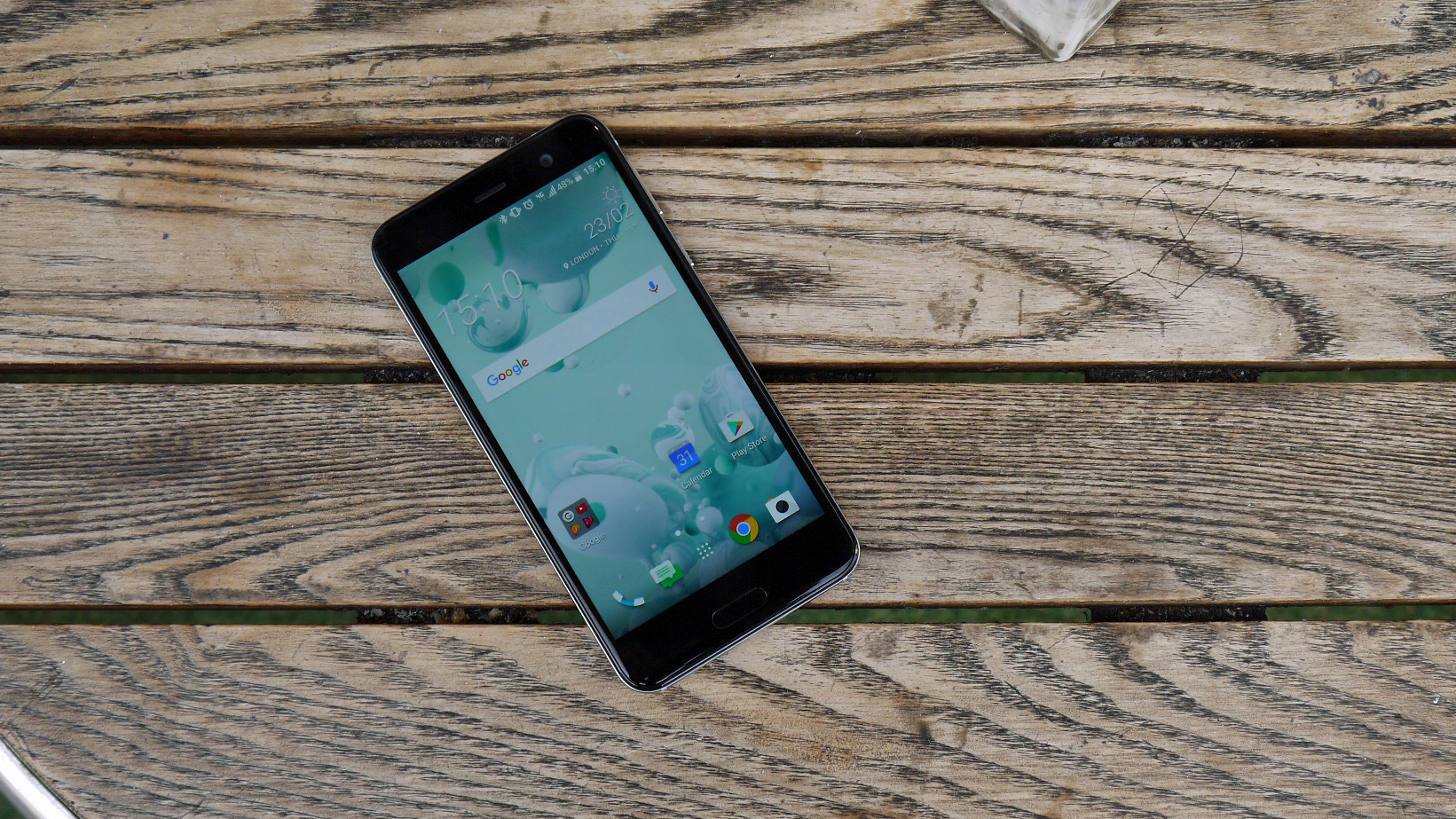Why you can trust TechRadar
Battery life
- Disappointing battery which struggles to see out a day
- Regularly needs a mid-afternoon top-up
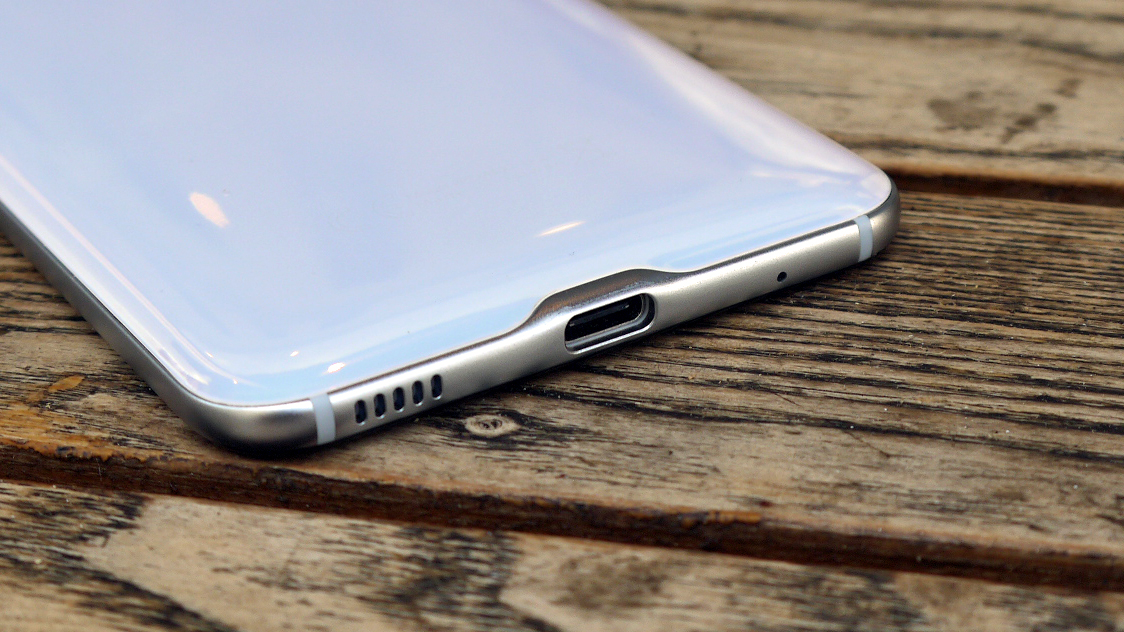
The HTC U Play packs a 2,500mAh battery into its 8mm-thick body, which is decidedly smaller than most of the competition in its price range – and it shows.
We found that the HTC U Play continually struggled to see out a full day on a single charge, usually requiring an early evening top-up.
And with slightly heavier usage, including a couple of hours of simultaneous gaming and Spotify streaming, we found ourselves reaching for the USB-C charger by early afternoon.
Even lighter usage appeared to drain the battery quicker than on rival handsets, and while it is possible to eke out a full day (7am to around 11pm) from a single charge you'll need to resign yourself to not using the U Play very much.
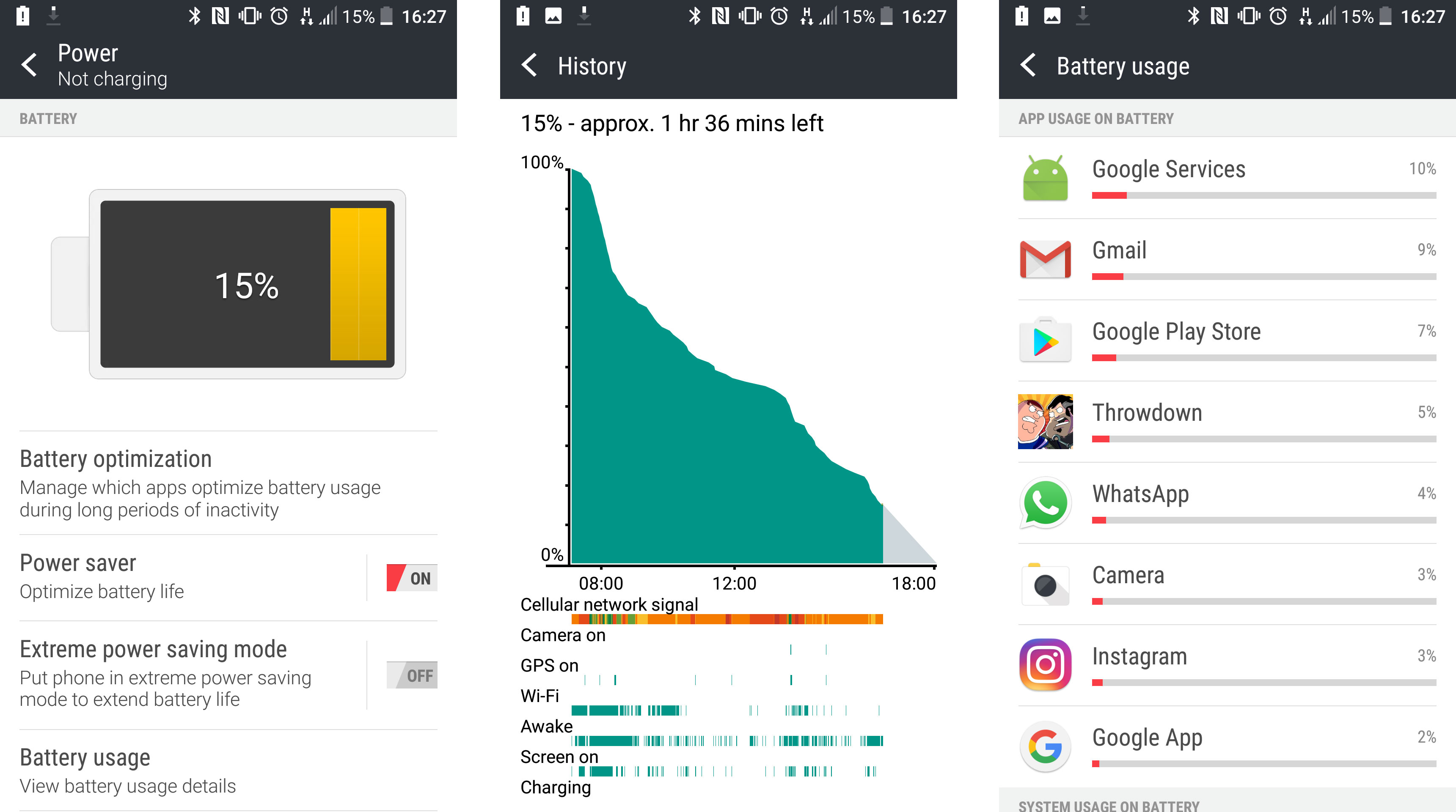
Running the TechRadar battery test, which involves playing a 90-minute Full HD video with screen brightness at max and Wi-Fi on, the U Play lost 30% of its life. That’s a pretty weak showing, with the Honor 8 losing 20%, the OnePlus 3T 14% and the Moto Z Play just 7% in the same test.
In short then, anyone other than a light user will need to carry a charger with them to ensure their HTC U Play can see them through until bedtime.
There are a couple of power-saving modes to help you extend the battery life, with the standard power saver reducing screen brightness, conserving CPU usage and limiting background activity.
It can help eke a little more time from your handset, but if you’re really desperate you may want to switch to extreme saver, which reduces you to just a few core apps for use in emergencies, basically making your smartphone dumb – it’s a last-resort setting.
Camera
- 16MP front and rear cameras
- Strong performance producing high-quality snaps
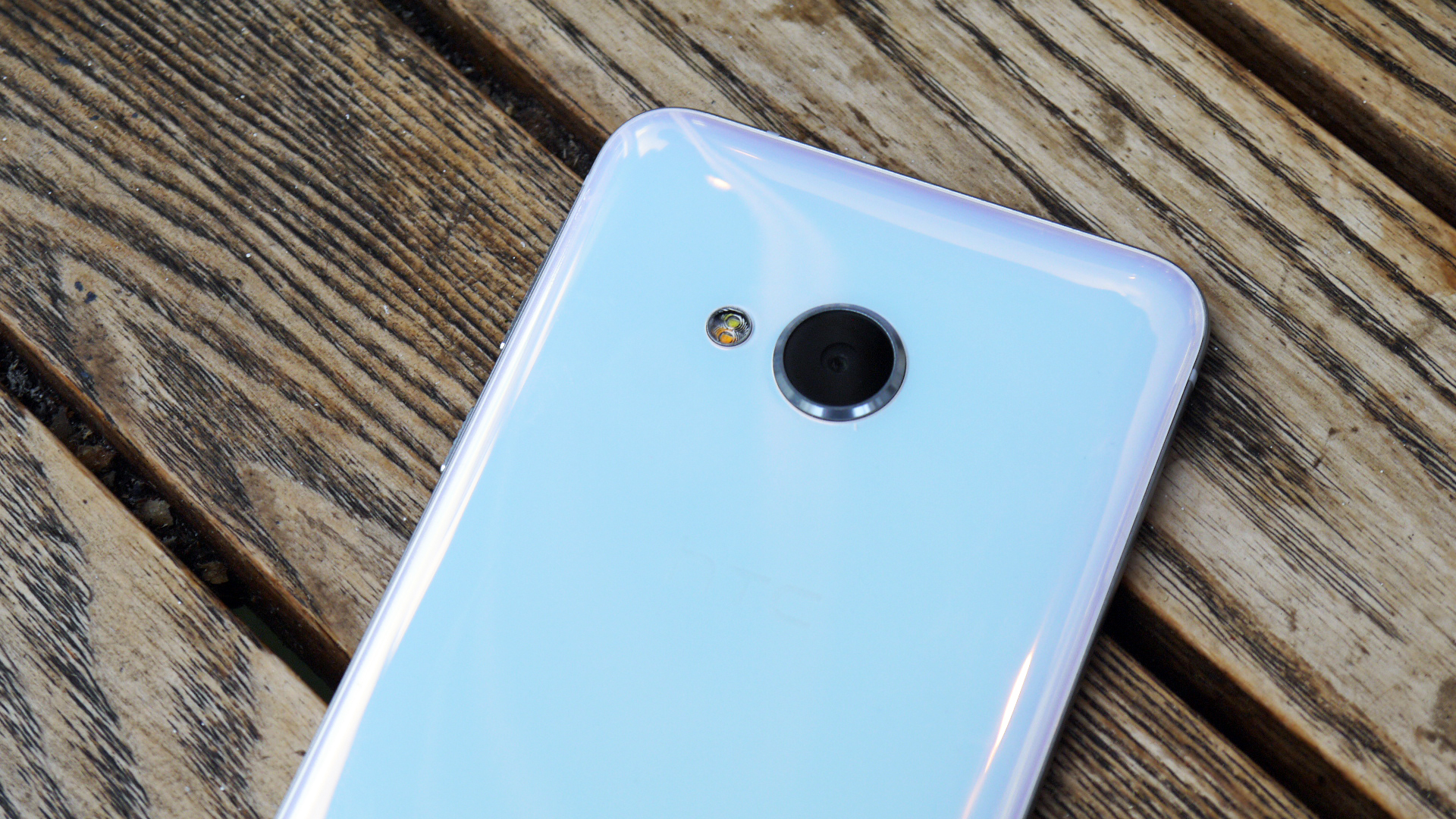
While the HTC U Play disappoints in the battery department, it goes some way to making up for that with a strong camera showing.
HTC has equipped the U Play with 16MP snappers front and back, although the rear-facing camera has a few extra tricks up its sleeve in the shape of auto HDR (high dynamic range), speedy auto focus and OIS (optical image stablization) to improve low-light, back-lit and fast-moving scenes.
Things have been kept relatively low-key in the camera app, with Panorama and Pro modes accompanying the standard Photo option. Auto HDR is on by default, but this can be toggled by tapping the icon on screen, although for the most part we left it on auto.
There’s also a Zoe mode, which captures three seconds of HD video with every shot. This isn’t anything new – and HTC has been offering it way before Apple came along with its Live Photos – but the implementation here isn’t as smooth.
The U Play saves the photo and the three-second clip separately, so unlike with Apple’s implementation, your photos don’t 'come to life' as you scroll through them.
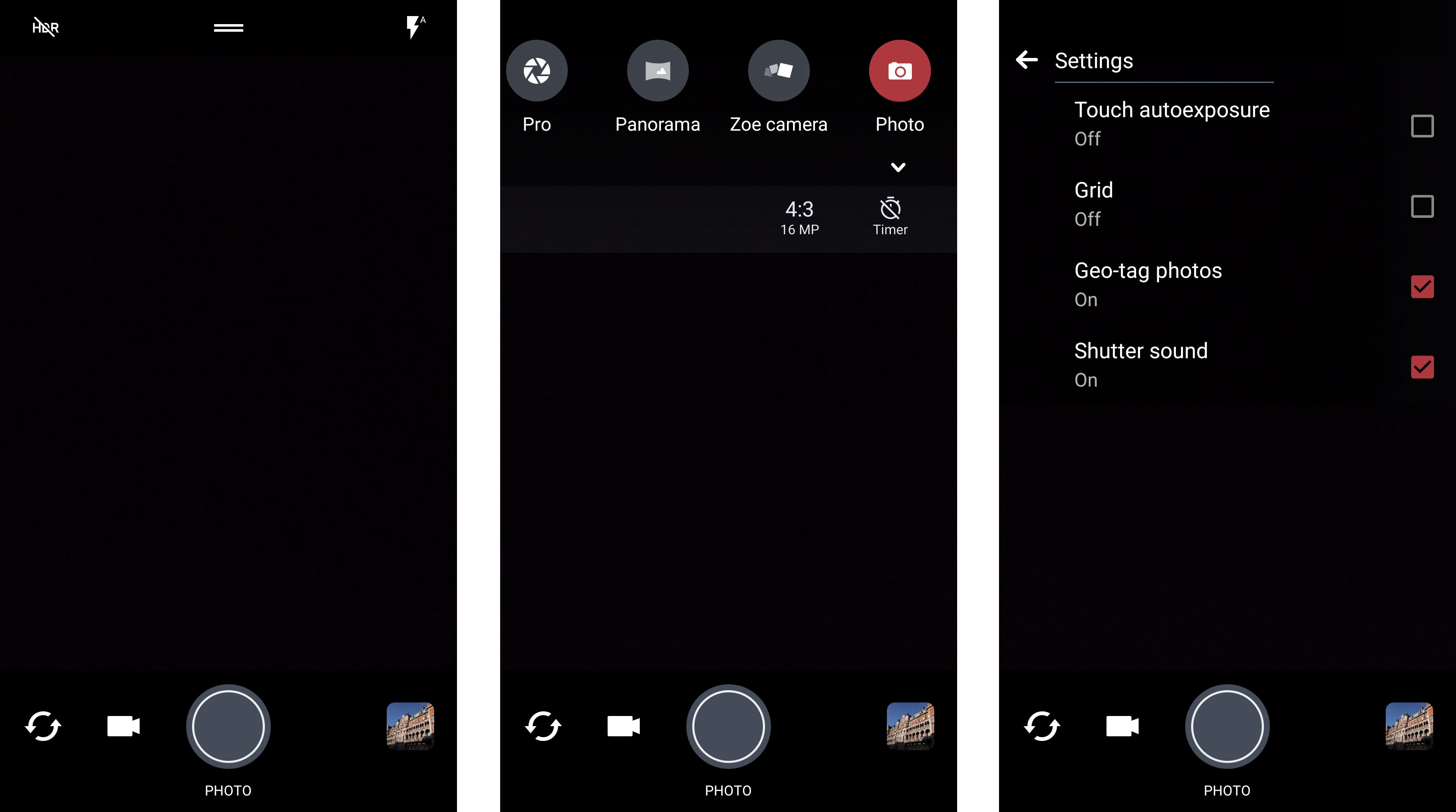
The responsive sensor enables you to capture shots in rapid succession, and image quality is generally very good, with the U Play able to capture a high level of detail and colour in shots.
The U Play performs well in low light too, an area where many handsets struggle, with clean shots dealing with the limited light well.
Moving to the front-facing 16MP camera and the quality is still good, but it’s not quite as good as the rear snapper, with no OIS or HDR to aid your shots.
For selfies though it’s excellent, and the 'makeup' mode does its best to smooth skin tones while not making you look like an alien, as some beauty modes can.
There’s a selfie panorama mode too, allowing you to squeeze a number of buddies into your snap by tilting the U Play left and right while it captures the shot. It’s not a feature we envision getting a great deal of usage, but it could be handy at the odd family gathering or group night out.

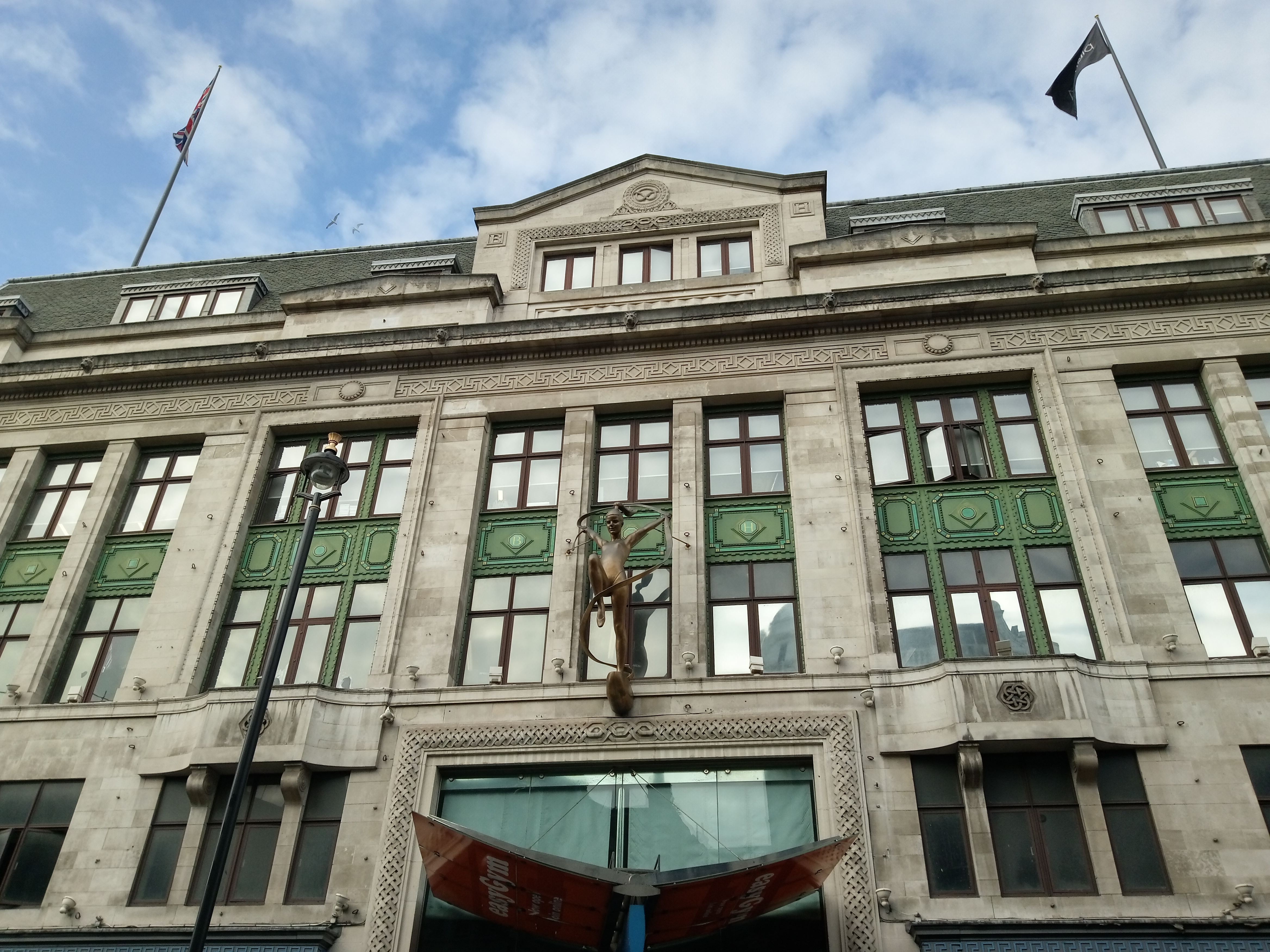
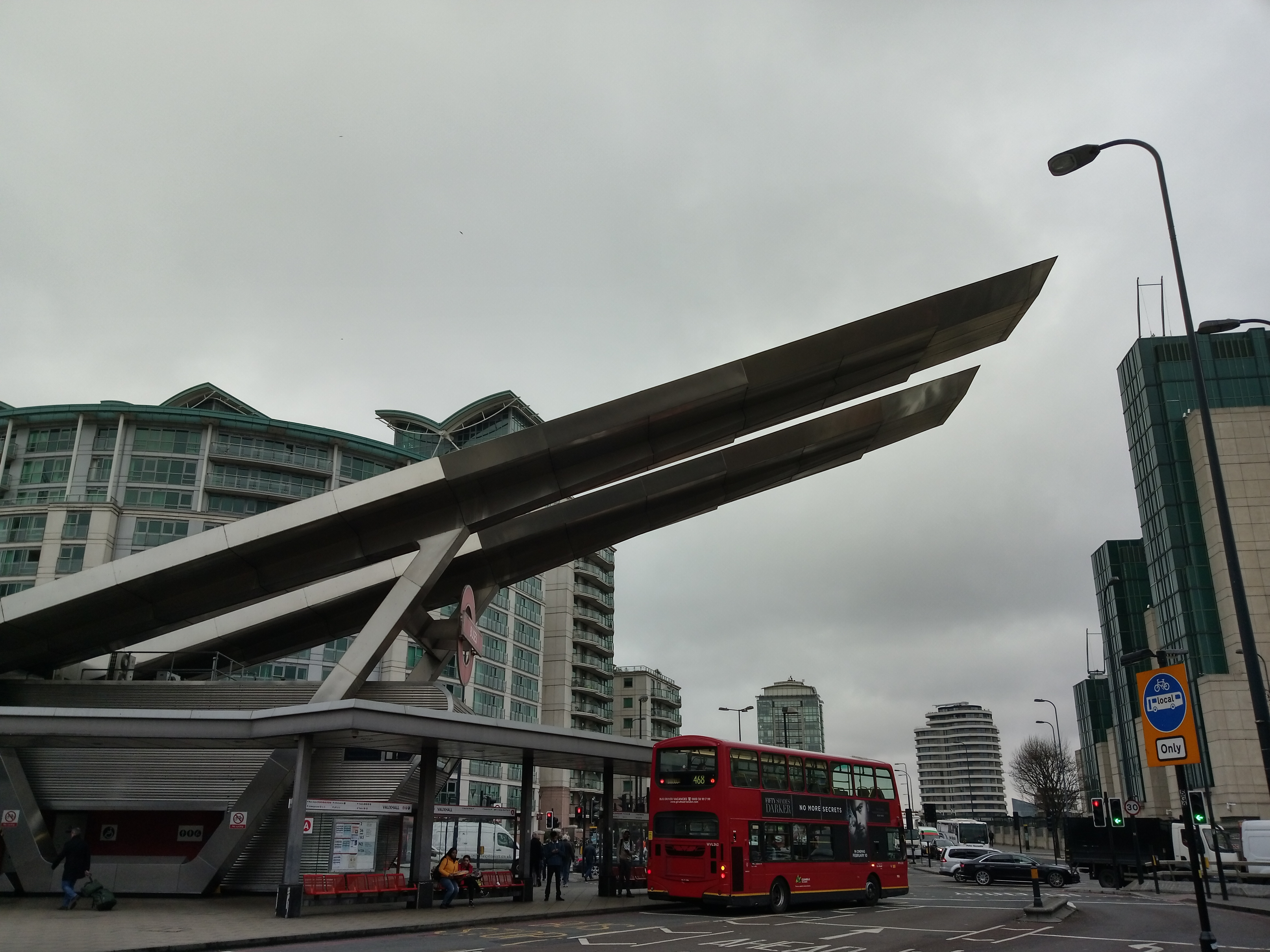
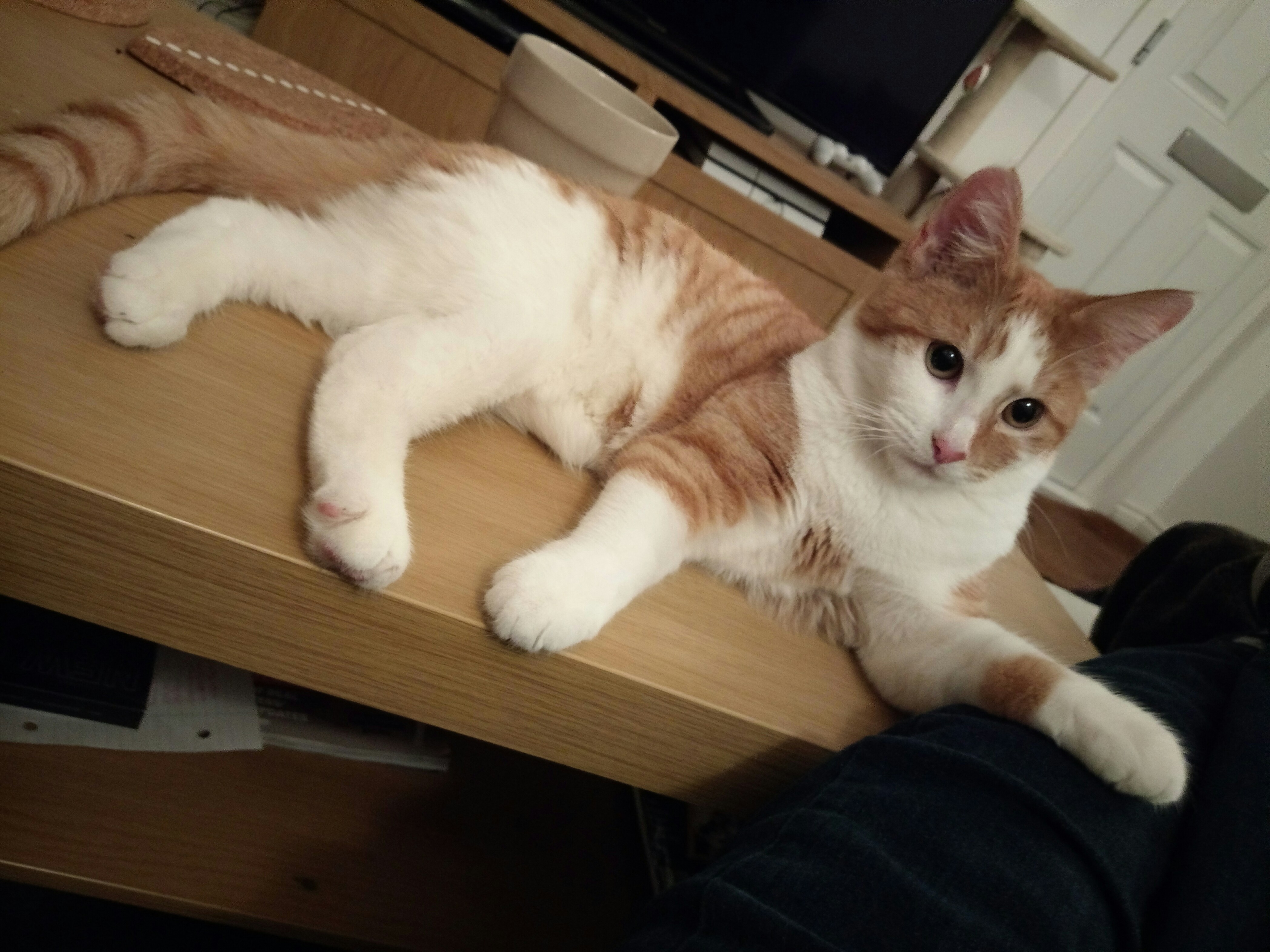
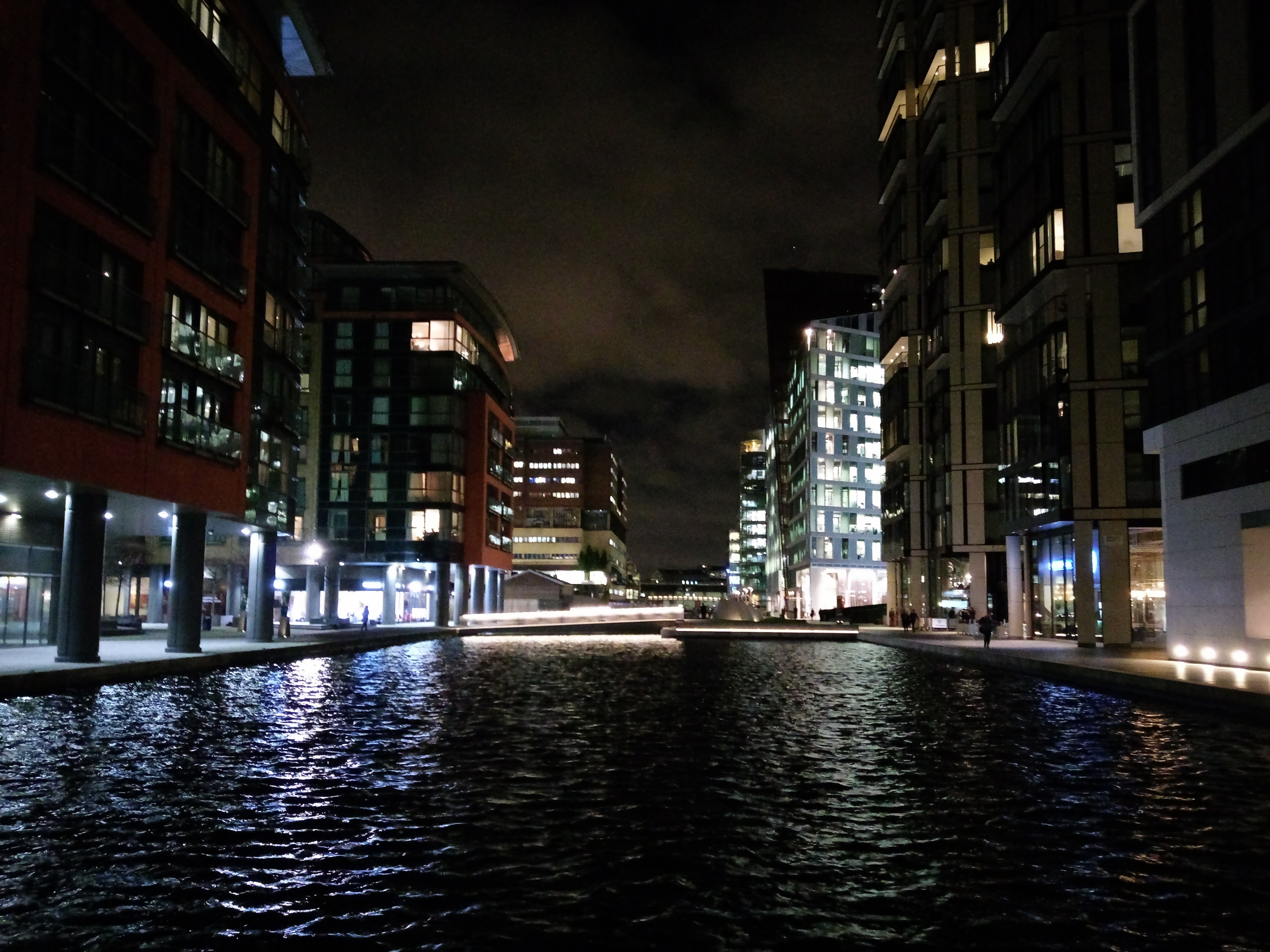
Current page: Battery life and camera
Prev Page What's it like to use? Next Page Verdict and competition
TechRadar's former Global Managing Editor, John has been a technology journalist for more than a decade, and over the years has built up a vast knowledge of the tech industry. He’s interviewed CEOs from some of the world’s biggest tech firms, visited their HQs, and appeared on live TV and radio, including Sky News, BBC News, BBC World News, Al Jazeera, LBC, and BBC Radio 4.
